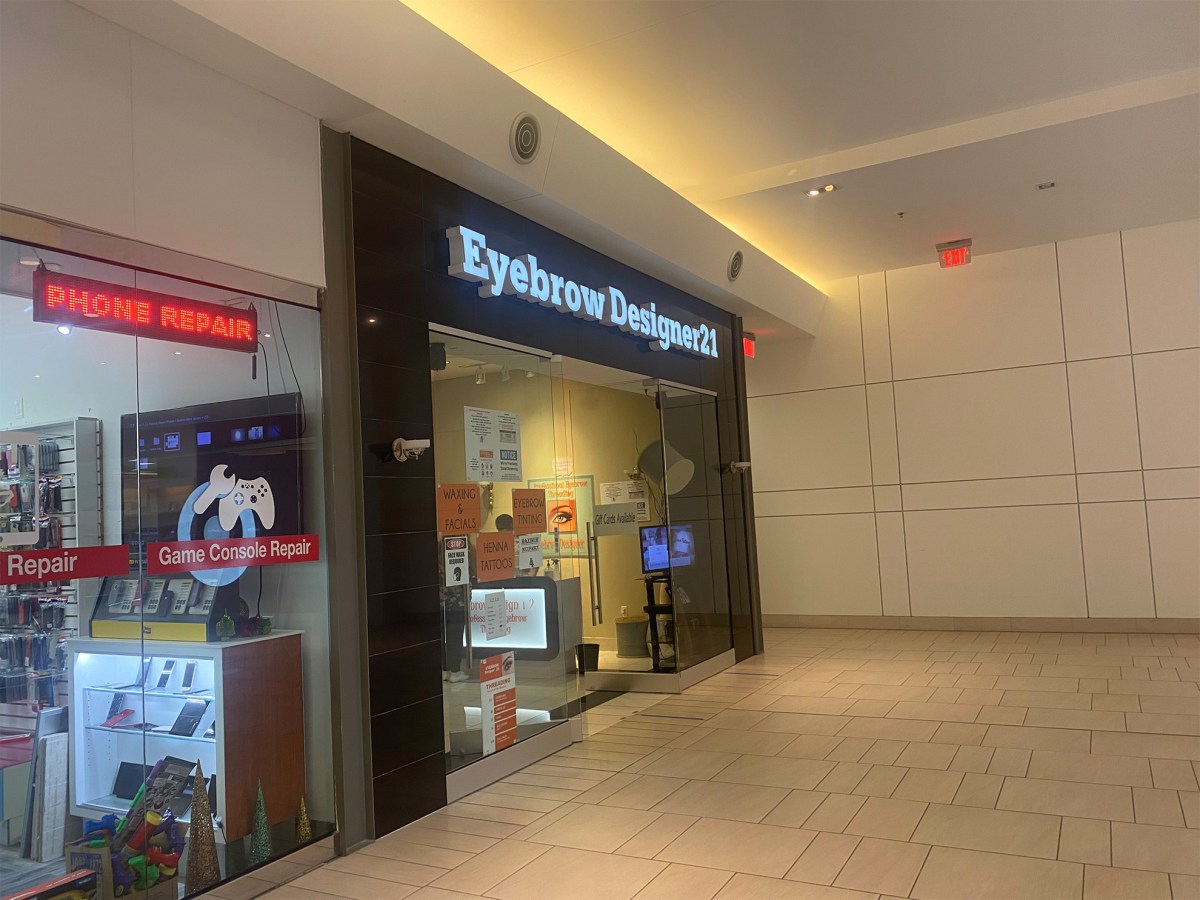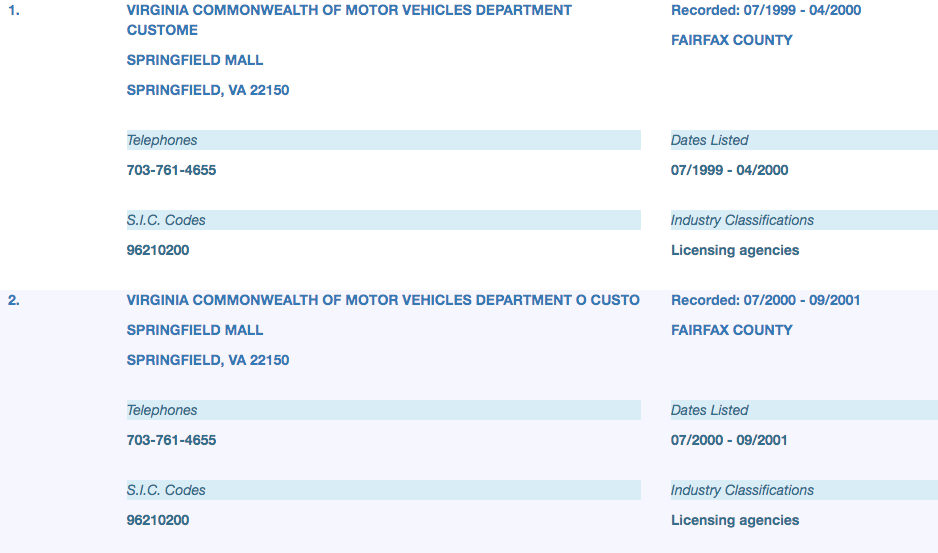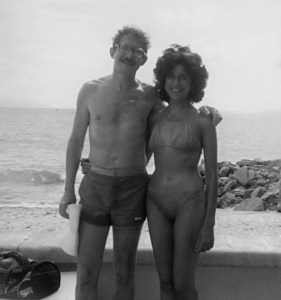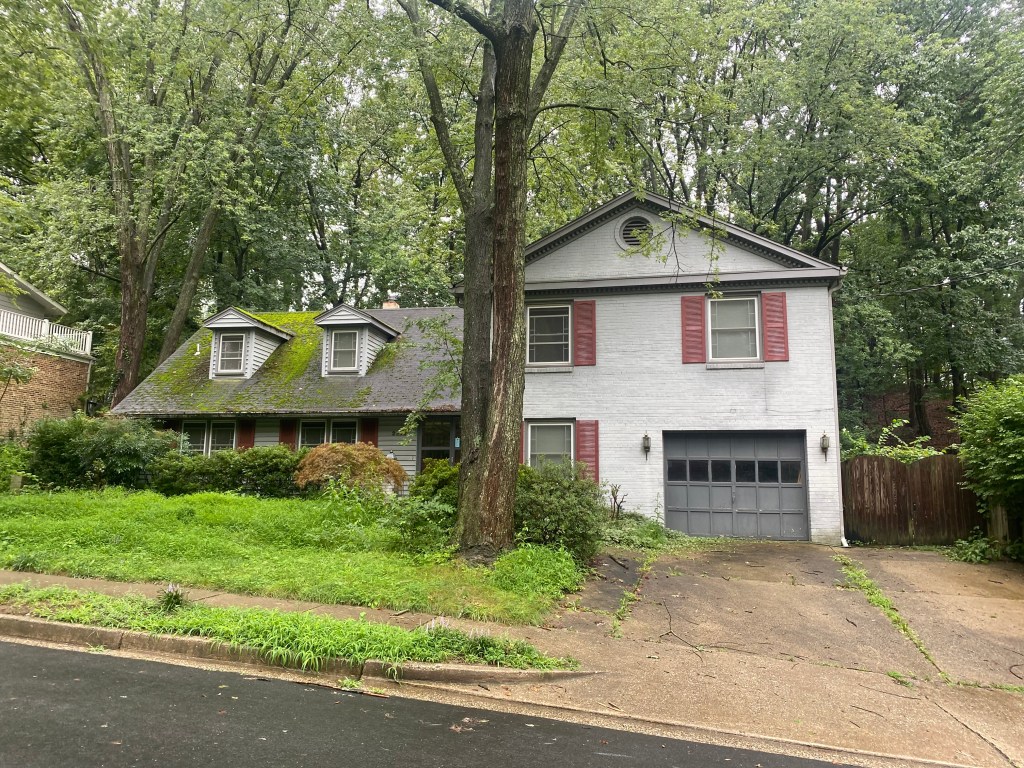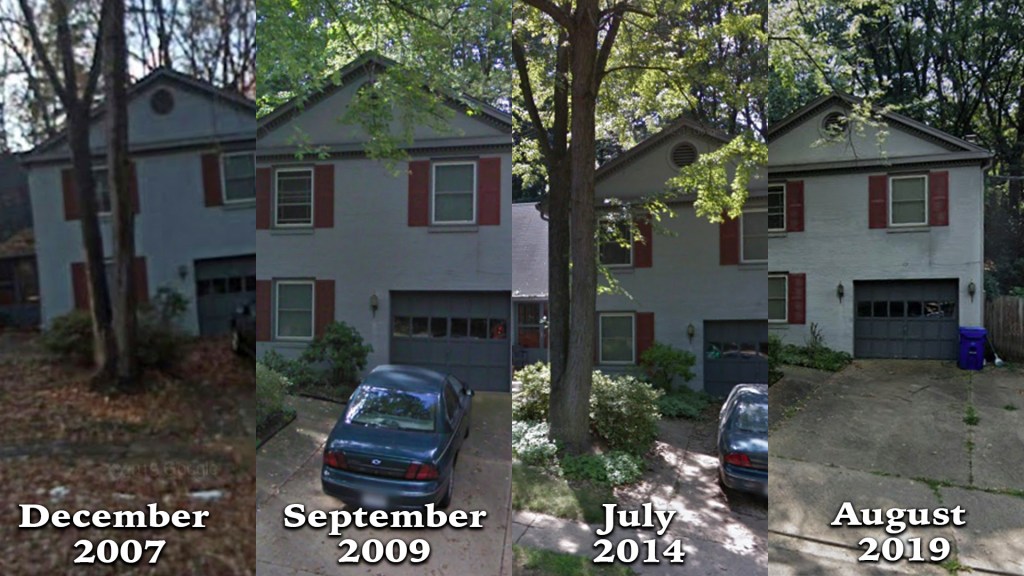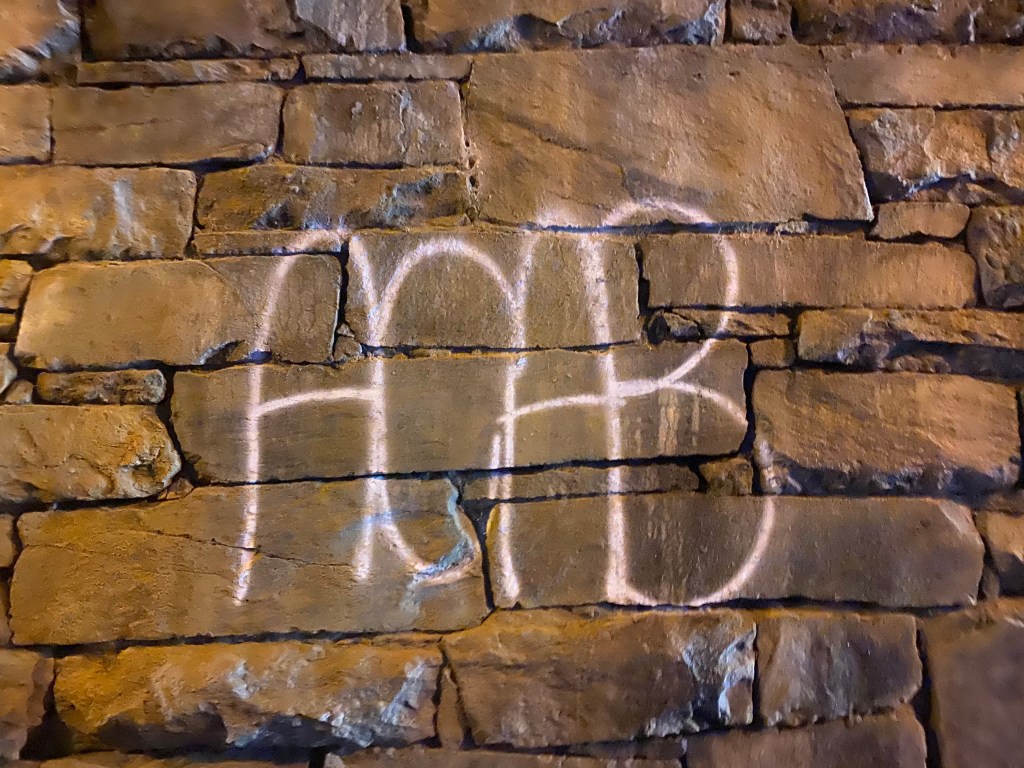By Matthew T. Eng, Offbeat NOVA
On June 22, 1993, John Wayne Bobbitt and his wife, an Ecuadorian immigrant named Lorena, discussed the possibility of divorce. The couple had issues. Many of these issues stemmed from the ex-Marine’s abusive behavior towards his young bride. She went to the police that day in hopes of obtaining a restraining order on her husband. Unfortunately, the process dragged and she left.

That night, John and a friend went out for a night of heavy drinking around their home in Manassas, Virginia. The two returned, late and drunk, to the couple’s second floor apartment near Route 28 and Old Centreville Road. John stumbled into the bedroom and raped Lorena before falling asleep in a drunken stupor. That was enough. As Lorena went into the kitchen to get some water just before 4 am, she brought an 8-inch carving knife into the bedroom and cut her husband’s penis off. He was drunk enough to not immediately wake up or notice the large pool of blood that collected around him.
Lorena got into her 1991 Mercury Capri with the weapon and penis still in her hands and drove off out of the complex down Maplewood Drive. At the intersection of Maplewood Drive and Old Centreville Road, she finally realized her husband’s severed penis was still in her hand and tossed it out the window across from a 7-Eleven in a grassy field in front of the Paty-Kake Daycare Center. Shocked and scatterbrained, she drove to the only place she thought of going — her work, a nail salon approximately four miles away in the Old Centreville Crossing shopping center. Nobody was there, so she deposited the bloody knife into the trashcan next to the nail salon and proceeded to her boss’s house. Once there, her boss, Janna Bisutti, called the police. She divulged to authorities where the missing appendage could be found. The police eventually found it, brought the small measure of manhood into the nearby 7-Eleven, and placed it into a hot dog container on ice where it was transported to the hospital and reattached on John. The rest is history.
Henry David Thoreau once wrote that he went into the woods of Concord, Massachusetts, to “live deep and suck the marrow out of life,” and “cut a broad swath and shave close.” He did not pontificate how close he shaved in his time in solitude next to the pond. I don’t think he had John Bobbitt in mind when he wrote Walden, but it was for this reason that I, armed with the “essential facts of life,” ventured into the interior of Manassas to pique my newfound curiosity in one of Northern Virginia’s premiere sites of dark tourism.
Truthfully, I didn’t know much about the Lorena Bobbitt case—besides all the jokes wrapped in fragile masculinity and fear that gave comedians months of content in the early nineties. It wasn’t until the Jordan Peele Lorena documentary came out last year that I fully understood all the facts about the case, the biggest of which was that it occurred nearby where I lived in Northern Virginia. The documentary centered on three main places that Lorena visited on the early morning of June 23, 1993: her home, the field across from the 7-Eleven, and her place of business where she deposited the weapon.
I decided to visit these three places in 2020 and retrace her steps from that night. Although I took several pictures of these places during the day several weeks ago, I wanted to go back at night and retrace the steps Lorena did 27 years ago. The first thing I had to do was figure out the starting point: her apartment.
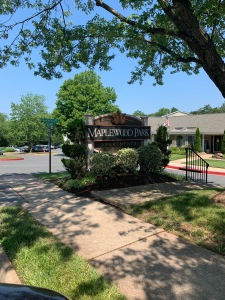
Looking through old newspaper articles, as well as the recent video taken for the documentary, I was able to piece together her location in the Maplewood Park apartments off Route 28 in Manassas. She lived on the second floor of a front facing apartment at 8174 Maplewood Drive. The complex, both during the day and at night was always crowded with cars and activity. It’s a far cry from the dilapidated state often written about in stories. The area is well-kept, even if its location is flanked by countless liquor and vape stores off the main road. It’s as if the idea of John Bobbit’s douchebaggery blanketed the surrounding area like some deadly airborne pathogen of Axe body spray laced with Aristocrat vodka and menthol cigarettes. Looking into the second floor apartment at night, I couldn’t help but run through the sequence of events in my head and reflect on the courage it took for her to act against her aggressor.
It’s only a short drive down the street to the 7-Eleven. I got to the stop sign at the intersection where she threw the appendage up and over her car into the grassy field and chuckled. Based off of the images of the location where it was found, it was a hell of a throw. Good for you, girl. It looks like they are clearing the area for a construction project at that corner location. Soon, the location will turn into something entirely different, so I feel fortunate to record the area before any new buildings spring up.
The hardest location to find was the nail salon she went to after ejecting the penis out her driver side window, the Nail Sculptor. Put simply, the location as it was in 1993 and in the documentary does not exist anymore. Simple Internet searches yielded me similar results. They always talked about the salon and the city it was located in, Centreville. But that was it. No address could be found anywhere. So, once again armed with a business name and location, I went on DOBsearch and reverse engineered the information to give me a physical address. The location is in the middle of the Centreville Crossing Shopping center roughly four miles away from her former apartment in Manassas.
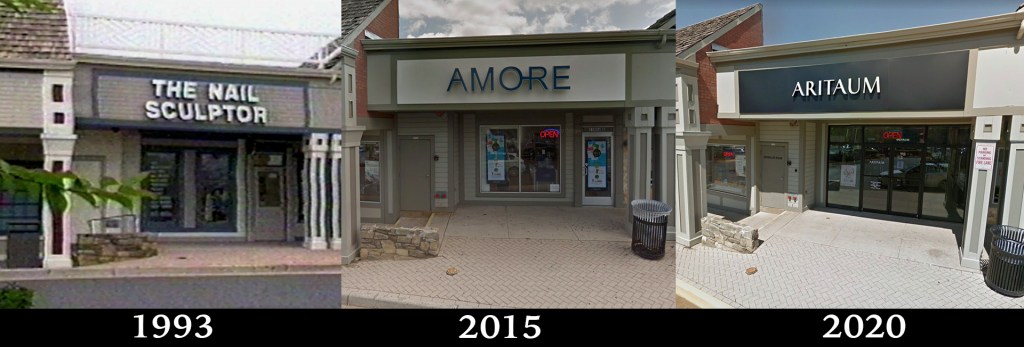
When I drove there at night, I carried a screenshot I took from the documentary in my phone. Sure enough, all the details matched up, including the stone sitting area on a small slope right in front of the shop. The location seems to have been a revolving door of beauty salons and establishments since Bisutti left sometime in the 1990s. The location was something called Amore until 2015 when it turned into what it is still today, a Korean makeup retailer called Aritaum. I don’t know if it was intentional or not, but there is a trash can still right next to the shop — the same location where Lorena dropped her bloody knife on top of a KFC fried chicken container in 1993. Intentional or not, I thought it was a nice touch.
But that’s not all that I did in my visit to Lorena’s greatest hits. Don’t worry. I saved the best for last.
How many of you know what it’s like to eat a hot dog at the same place where mortified men put a penis on ice? My guess is not many of you. But I had to know. So I went recently got one at that exact location, eating it a few feet from where Lorena alley-ooped her abusive husband’s dismembered member out the window onto a grassy field with a Kareem Abdul-Jabar hook shot. The experience was surreal to to say the least.
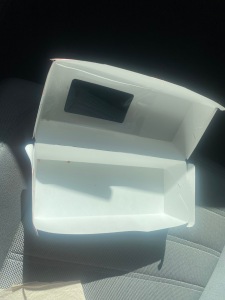
The 7-Eleven itself looked like any other one you’ve walked into. I immediately started thinking about the officers that carried John’s penis into it, frantically looking for ice and anything to hold it in. I can imagine them looking straight at the hot dog rollers and put two and two together before pleading to that poor employee to hand them one. No big bite for the officers. They would take theirs to go.
So I got a hot dog in honor of Lorena and ate it in the parking lot. It tasted like any other 7-Eleven hot dog you’ve had before. I had to stop thinking about why I was there to enjoy it as much as I could.
Footnotes:
Sources were gathered from the Amazon Prime Lorena documentary, ABC News Special “The Bobbitts,” and The Washingtonian article, “The Definitive Oral History of the Bobbitt Case, 25 Years Later.”


